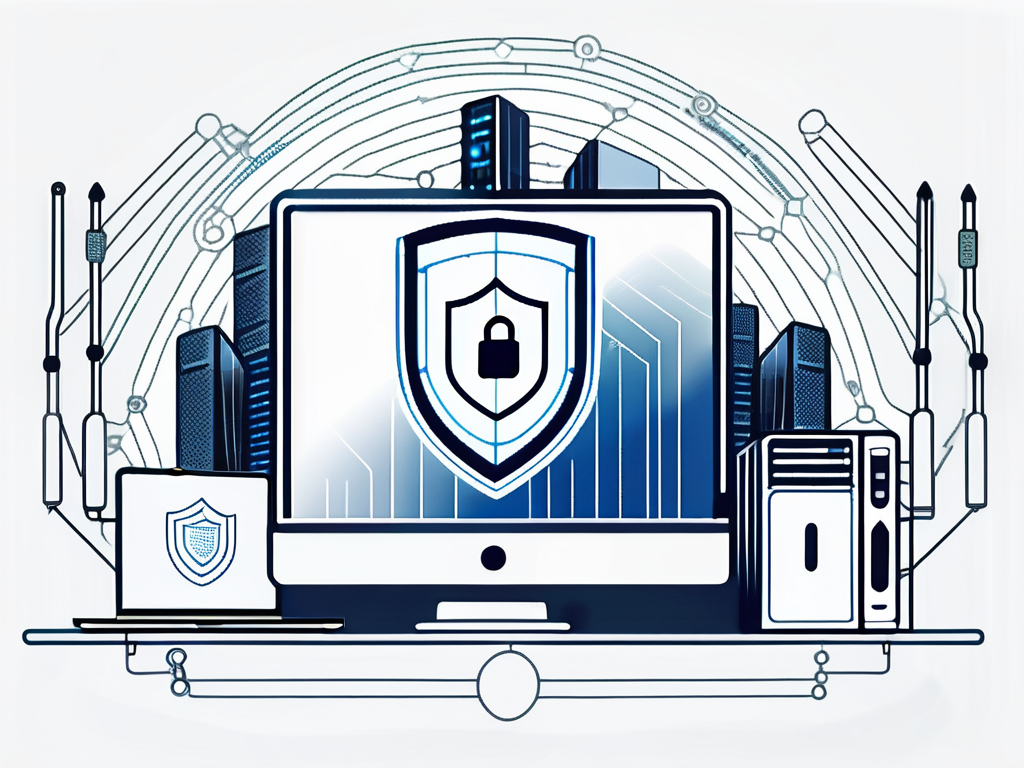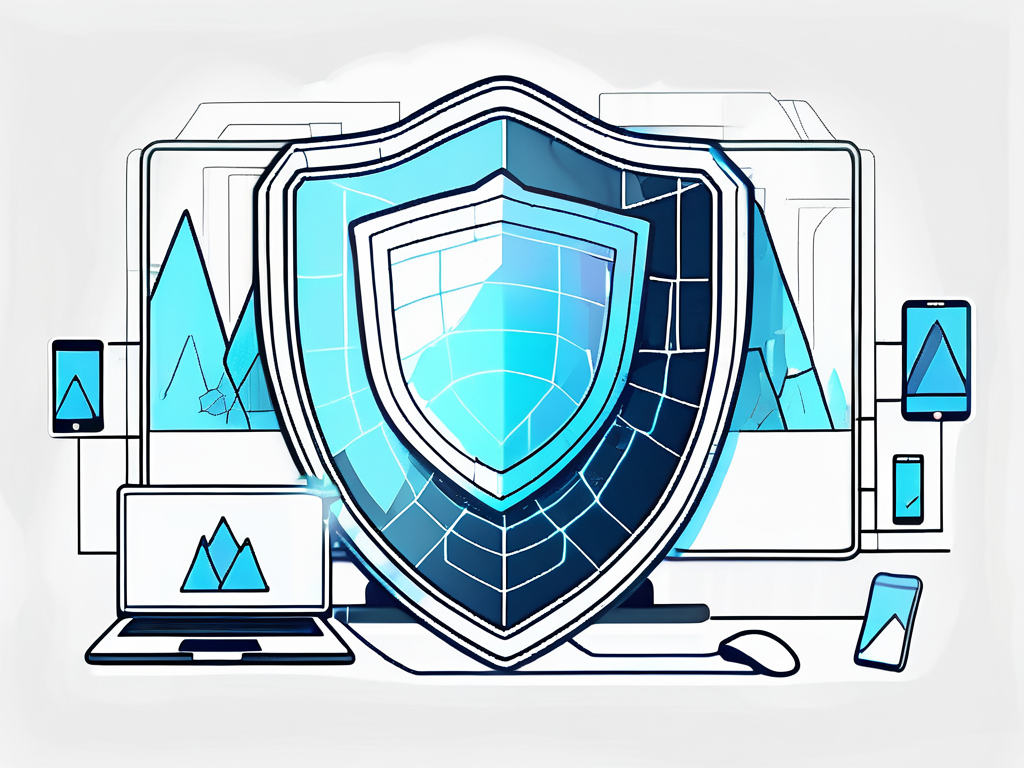
Writing Effective Job Descriptions for Cybersecurity Roles
01 Jul, 20245
Contents
- Understanding the Importance of Job Descriptions
- The Role of Job Descriptions in Cybersecurity
- Key Elements of a Strong Job Description
- Crafting a Comprehensive Cybersecurity Job Description
- Identifying the Job's Core Responsibilities
- Defining Necessary Skills and Qualifications
- Setting Clear Expectations for the Role
- Language and Tone in Cybersecurity Job Descriptions
- Using Inclusive Language
- Conveying Company Culture through Tone
- Common Mistakes to Avoid in Cybersecurity Job Descriptions
- Vague Job Titles and Descriptions
- Overloading Job Descriptions with Jargon
- Updating and Improving Cybersecurity Job Descriptions
- The Need for Regular Updates
- Gathering Feedback for Improvement
Are you looking to hire cybersecurity professionals for your organization? One crucial step in attracting top talent is crafting an effective job description. A well-written job description serves as the first point of contact between your company and prospective candidates. It sets the tone and expectations for the role, providing a glimpse into the skills and qualifications required. In this article, we will explore the importance of job descriptions in the cybersecurity field and discuss key elements to consider when creating them. Let's dive in!
Understanding the Importance of Job Descriptions
Job descriptions play a vital role in the recruitment process. They not only outline the responsibilities and requirements of a role but also help candidates gauge their suitability. For the cybersecurity industry, where specialized skills are in high demand, a well-crafted job description serves as a magnet for qualified professionals.
By clearly articulating what the job entails, you can attract candidates who possess the necessary skills and experience to protect your organization's sensitive data from cyber threats. Furthermore, a comprehensive job description helps streamline the screening process, enabling you to identify those who align with your organization's values and goals.
But let's dive deeper into the role of job descriptions in the cybersecurity field. It's not just about attracting the right candidates; it's about building a robust defense against potential threats.
The Role of Job Descriptions in Cybersecurity
In the field of cybersecurity, job descriptions serve as a blueprint for building a robust defense against potential threats. They are the foundation upon which your security team will be formed. A carefully constructed job description ensures that you recruit individuals who possess the specific skills needed to safeguard your systems and networks.
Moreover, job descriptions in cybersecurity outline the scope of responsibilities, establishing clear boundaries and accountabilities for the role. This clarity is essential, as cybersecurity involves collaboration across different departments within an organization. Effective communication through accurate job descriptions helps prevent ambiguity and ensures that everyone understands their roles and responsibilities in maintaining a secure environment.
Now that we understand the importance of job descriptions in the cybersecurity field, let's take a closer look at the key elements that make a job description strong and effective.
Key Elements of a Strong Job Description
When crafting a job description for a cybersecurity role, there are several key elements to consider:
- Job Title: Choose a title that accurately reflects the role and the level of expertise required. Clear and concise job titles help candidates understand the position at a glance.
- Overview: Provide a brief summary of the role, outlining the main responsibilities and objectives. This section gives candidates an overview of what the job entails.
- Qualifications and Skills: Clearly state the required qualifications, certifications, and skills necessary to succeed in the role. Be specific about the level of experience and technical expertise expected.
- Responsibilities: Detail the core duties and responsibilities of the role. Break them down into actionable tasks, highlighting the importance of each in supporting the organization's cybersecurity goals.
- Company Culture: Showcase your company's values and culture. This helps candidates assess whether they align with your organization's mission and vision.
By including these key elements in your job description, you can attract the right candidates and set clear expectations for the role. Remember, a well-crafted job description is not just a document; it is a powerful tool that helps shape your organization's cybersecurity defense and ensures that you have the right people in place to protect your valuable assets.
Crafting a Comprehensive Cybersecurity Job Description
Now that we understand the importance of job descriptions and their role in cybersecurity, let's delve into the process of creating a comprehensive job description.

When crafting a job description for a cybersecurity role, it is crucial to go beyond the basic responsibilities and qualifications. Providing additional context and details can help attract the right candidates and ensure a better fit for your organization.
Identifying the Job's Core Responsibilities
Start by identifying the core responsibilities of the role. Consult with cybersecurity professionals within your organization to gain insights into the key areas of focus. This ensures that your job description accurately reflects the realities and challenges of the position.
For example, you may want to highlight specific tasks such as conducting vulnerability assessments, developing incident response plans, and implementing security controls. By providing these details, candidates can better understand the day-to-day expectations of the role and assess their own suitability.
Break down these responsibilities into manageable sections, providing sufficient detail to allow candidates to understand the scope of the role. Remember to prioritize the most critical tasks to ensure candidates have a clear understanding of expectations.
Defining Necessary Skills and Qualifications
Clearly outline the required certifications, degrees, and technical expertise needed for the role. However, be mindful of not creating an excessively long list of requirements that may discourage potential candidates.
While certifications such as CISSP or CISM are often sought after, it is also important to consider other valuable skills. Communication and problem-solving abilities, for instance, are crucial in a field where collaboration and adaptability are key.
Additionally, mention any specific software, programming languages, or tools that candidates should be familiar with. This information helps candidates assess whether they have the necessary technical skills to excel in the role.
Setting Clear Expectations for the Role
Clarity is key when it comes to job descriptions. Clearly communicate your expectations regarding work hours, travel requirements, and any other relevant factors. Be transparent about the role's reporting structure and how it fits within the broader cybersecurity framework of your organization.
Furthermore, providing insight into the organization's culture and values can help candidates gauge if they align with the company's mission. Emphasizing the importance of continuous learning and professional development can also attract candidates who are passionate about staying ahead in the ever-evolving field of cybersecurity.
Setting clear expectations from the outset helps candidates determine if the role aligns with their personal and professional aspirations. It also fosters a sense of trust and transparency between your organization and potential hires.
Remember, a comprehensive job description not only attracts qualified candidates but also sets the stage for a successful hiring process. By going beyond the basics and providing additional context and details, you can ensure that you find the right cybersecurity professional who will contribute to the growth and security of your organization.
Language and Tone in Cybersecurity Job Descriptions
Now that we've covered the essential elements, let's discuss the importance of language and tone in cybersecurity job descriptions.
Using Inclusive Language
It is crucial to use language that is inclusive and free from bias. Avoid gender-specific terms or any language that might discourage underrepresented groups from applying. By using inclusive language, you attract diverse talent and foster an inclusive work culture.
Conveying Company Culture through Tone
The tone of your job description should reflect your organization's culture. Consider whether you want to adopt a more formal or informal tone, depending on your company's values and the position being advertised. Striking the right balance sets the stage for attracting candidates who resonate with your organizational culture.
Common Mistakes to Avoid in Cybersecurity Job Descriptions
While crafting job descriptions, it's important to be aware of common pitfalls that can hinder your hiring process.

Vague Job Titles and Descriptions
Ambiguous job titles and descriptions can confuse candidates and deter qualified individuals from applying. Ensure that your job titles accurately reflect the role and that your descriptions provide clear details about the responsibilities and expectations.
Overloading Job Descriptions with Jargon
In the cybersecurity field, jargon is common. However, overloading your job descriptions with technical terms and acronyms can intimidate potential candidates who may not be familiar with every term. Strike a balance by using industry-specific language judiciously and providing explanations when necessary.
Updating and Improving Cybersecurity Job Descriptions
Creating effective job descriptions is an ongoing process. As the industry evolves, so do the skills and qualifications required. Regularly updating your job descriptions ensures that they stay relevant.
The Need for Regular Updates
Set aside time to review and update your job descriptions periodically. Consult with cybersecurity professionals within your organization to ensure that you capture the latest trends and technologies in your descriptions. By keeping them up to date, you attract candidates who possess the skills and knowledge needed to address current and future cybersecurity challenges.
Gathering Feedback for Improvement
Don't overlook the importance of feedback when it comes to improving your job descriptions. Seek input from candidates, recruiters, and current employees to gain valuable insights into how your descriptions are perceived and where improvements can be made. An iterative feedback loop ensures that your job descriptions become more effective over time.
Writing effective job descriptions for cybersecurity roles is a critical step in attracting top talent to protect your organization from evolving cyber threats. By understanding the importance of job descriptions, crafting comprehensive and engaging descriptions, using inclusive language, and avoiding common mistakes, you can position your organization for success in hiring the right cybersecurity professionals.
Remember, your job descriptions are more than just lists of requirements - they are opportunities to showcase your organization's values, culture, and commitment to cybersecurity excellence. Take the time to create job descriptions that captivate and inspire, and you'll be well on your way to building a strong cybersecurity team.
If you're looking to grow your cybersecurity team, or advance your cybersecurity careers, get in touch today and one of our specialist cybersecurty recruiters will get back to you to discuss the next steps.


